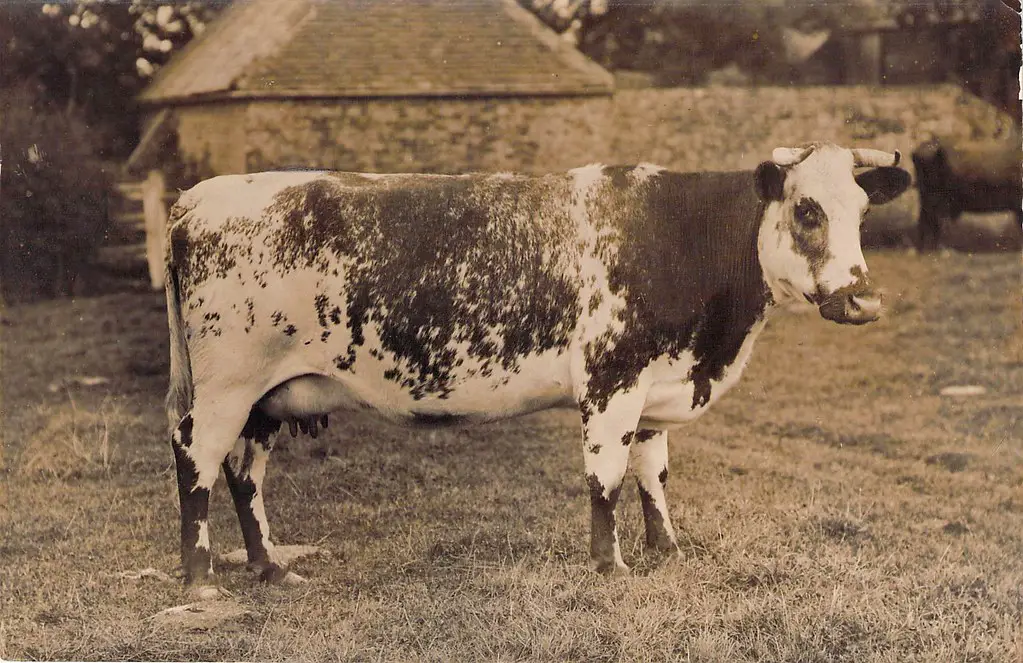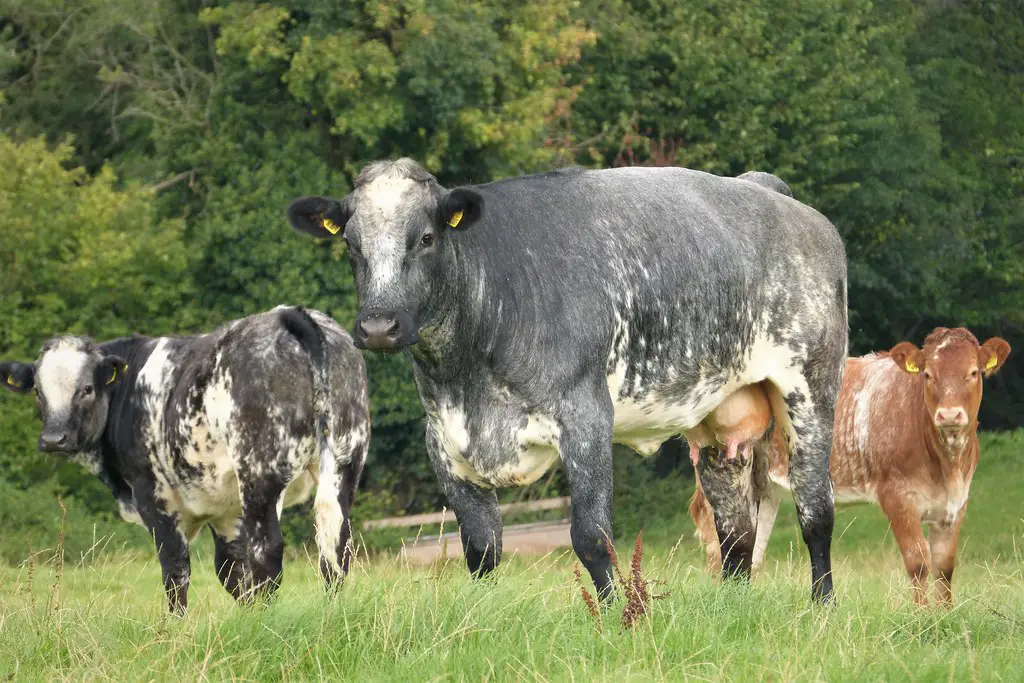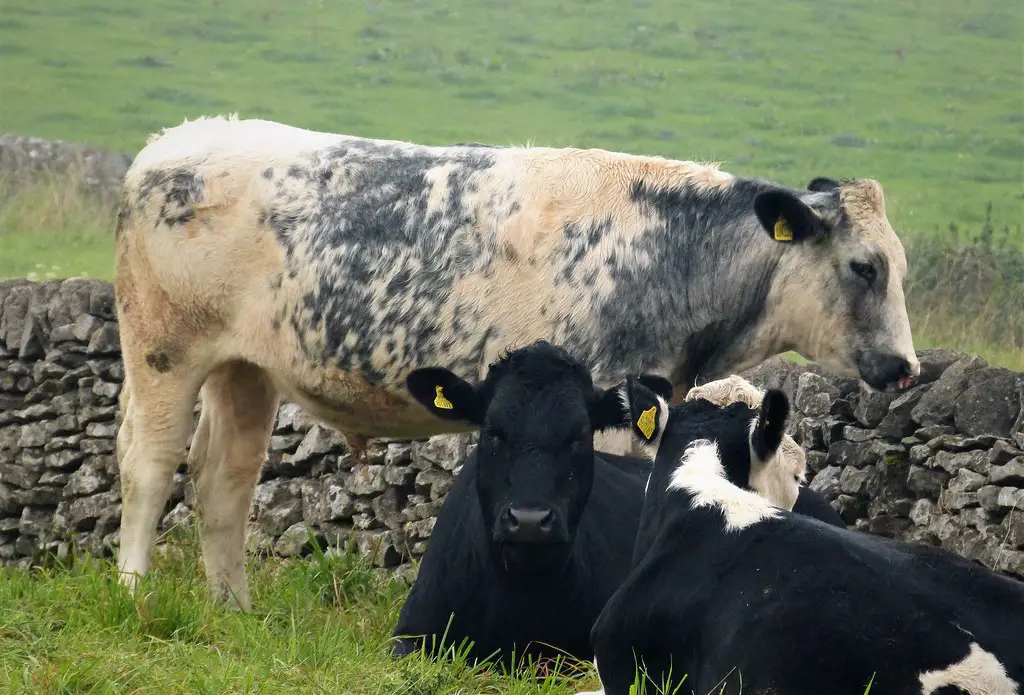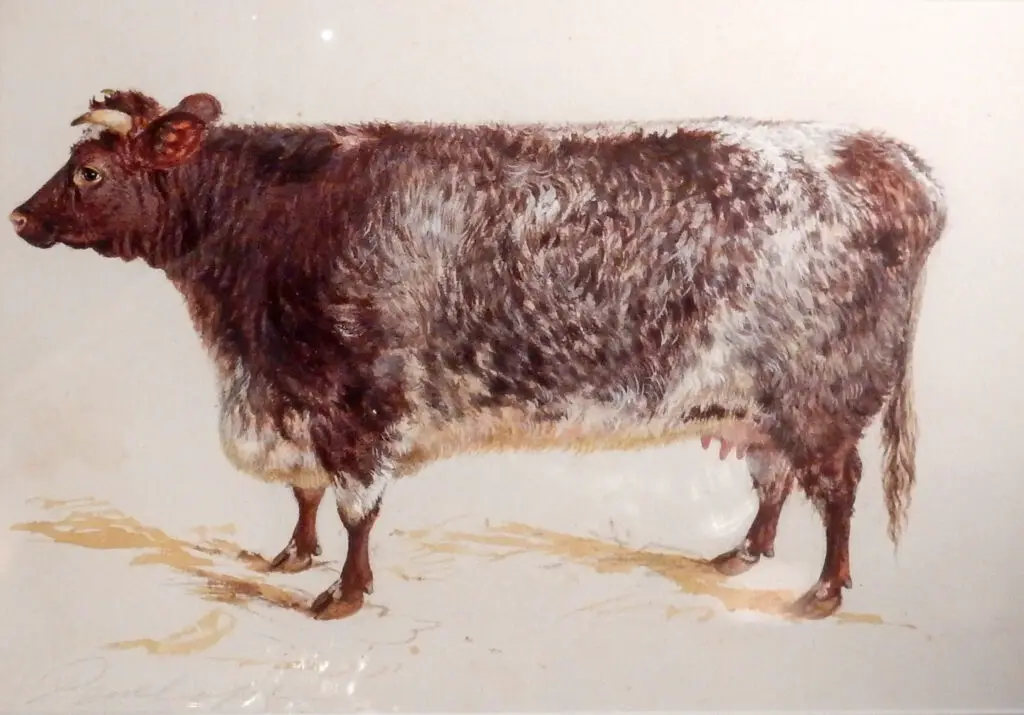
Welcome to the world of Milking Shorthorn cattle, where robustness meets milking prowess. Originating from a rich history and evolving into a distinguished breed, these cows have earned their place in the dairy industry. Let’s delve deeper into the fascinating realm of Milking Shorthorn cows, exploring their origins, distinctive characteristics, and the pivotal role they play in agriculture.
The Origins of Milking Shorthorn Cattle

Dairy Shorthorn cattle: Origins and Evolution
- dairy Shorthorn cattle have a heritage that spans centuries, tracing back to the northeastern regions of England.
- Initially bred for their dual-purpose qualities, they were prized for their ability to produce both milk and meat.
- Through selective breeding and adaptation to various environments, Shorthorn cattle emerged as a distinct breed renowned for their milk production capabilities.
The Journey to Becoming a Distinct Milking Breed
- The evolution of Milking Shorthorn cattle involved careful breeding practices aimed at enhancing milk yield while maintaining desirable traits.
- Breeders focused on refining characteristics such as docility, adaptability, and milk quality to establish Milking Shorthorn cattle as a premier dairy breed.
- Today, they are recognized globally for their exceptional milking abilities and versatile nature.
Exploring Milking Shorthorn Cattle Characteristics
| Characteristic | Description |
|---|---|
| Average Weight | 1,200 – 1,500 pounds (540 – 680 kilograms) |
| Color | Red, white, or roan (mixed red and white) |
| Age | Typically reach maturity around 24 – 30 months |
| Gestation Period | Approximately 279 – 287 days (about 9 months) |
| Calving Ease | Generally good calving ease |
| Milk Production | High milk yield with good butterfat content |
| Temperament | Typically gentle and easy to handle |
| Adaptability | Well-adapted to a variety of climates and conditions |
| Lifespan | 12-15 years |
Robust and Resilient: Physical Attributes
- Shorthorn cows boast a muscular build and sturdy frame, making them well-suited for both dairy and beef production.
- Their distinctive coloration, which can vary from red, white, or roan, adds to their aesthetic appeal and breed recognition.
Remarkable Milking Abilities
- Shorthorn cows are prized for their consistent milk production, making them reliable contributors to dairy operations.
- The milk produced by these cows is known for its creamy texture and nutrient-rich composition, appealing to consumers and processors alike.
Temperament and Disposition
- Known for their docile nature, Milking Shorthorn cattle are easy to handle and manage, reducing stress for farmers and handlers.
- Their adaptability to various climates and environments makes them versatile assets on farms around the world.
The Role of Dairy Shorthorn Cows in Agriculture
Traditional Uses in Dairy Farming
- Shorthorn cows have played a vital role in the dairy industry’s growth, providing a steady supply of milk for consumption and processing.
- Historically, they were integral to milk production, contributing to the development of dairy farming practices and technologies.
Modern Applications and Advantages
- In the modern agricultural landscape, Milking Shorthorn cows continue to excel, offering sustainable solutions for dairy operations.
- Their ability to thrive in diverse environments and their efficient milk production make them valuable assets for farmers seeking sustainable practices.
Challenges and Considerations in Raising Milking Shorthorn Cows

Health and Welfare Concerns
- Like any livestock, Milking Shorthorn cattle may face health challenges, including common ailments such as mastitis and metabolic disorders.
- Implementing preventative measures and providing proper nutrition are essential for maintaining their health and well-being.
Breeding and Genetics
- Selective breeding plays a crucial role in enhancing desirable traits in Milking Shorthorn cattle, such as milk yield and conformation.
- Maintaining genetic diversity within the breed is important for preserving its vitality and resilience to environmental changes.
Success Stories and Testimonials from Dairy Shorthorn Cow Owners
- Farmers who raise Milking Shorthorn cows often share success stories highlighting the breed’s positive attributes and contributions to their operations.
- Their testimonials underscore the value of these cows as productive, low-maintenance animals that enhance farm profitability and sustainability.
Future Outlook and Potential Developments in Milking Shorthorn Cow Breeding

Innovations in Breeding Techniques
- Advancements in breeding technologies, such as genomic selection and embryo transfer, offer opportunities to accelerate genetic improvement in Milking Shorthorn cows.
- These innovations hold promise for further enhancing milk production, disease resistance, and overall herd performance.
Market Trends and Demand for Milking Shorthorn Cow Products
- As consumers increasingly prioritize sustainability and animal welfare, there is a growing demand for dairy products sourced from breeds like Milking Shorthorn cows.
- Farmers who embrace these market trends can capitalize on the breed’s reputation for quality milk and environmentally friendly farming practices.
Conservation Efforts and Preservation of the Breed
- Conservation initiatives aimed at preserving genetic diversity and promoting the heritage of Milking Shorthorn cows are gaining momentum.
- Collaborative efforts between breed associations, farmers, and researchers are essential for safeguarding the breed’s legacy for future generations.
